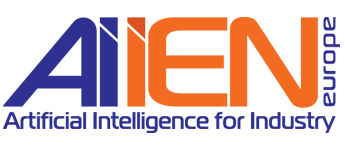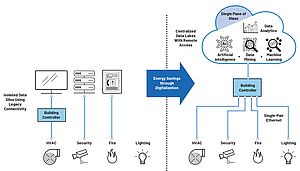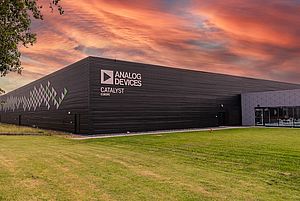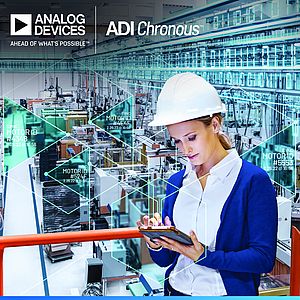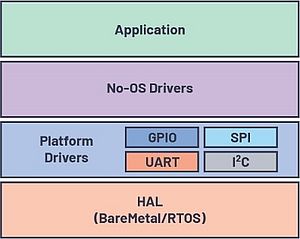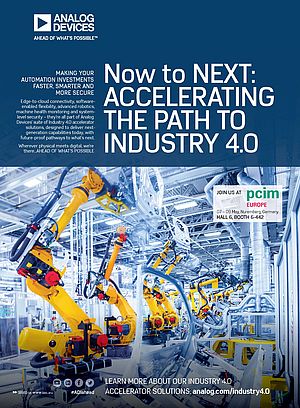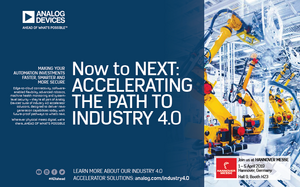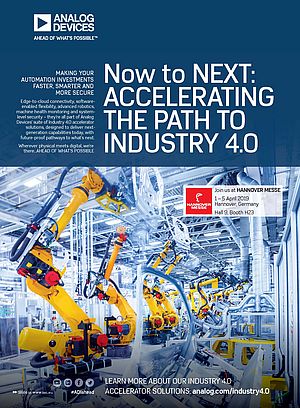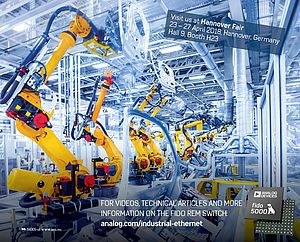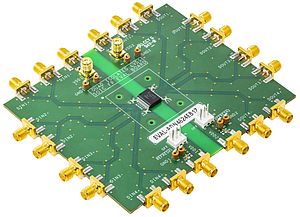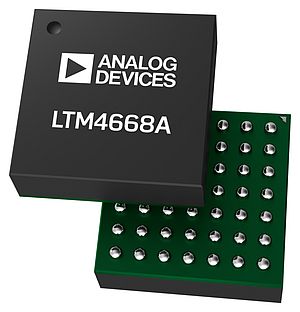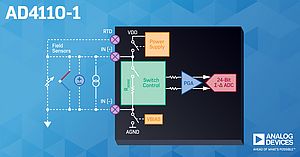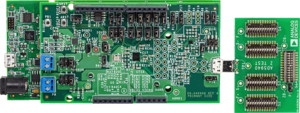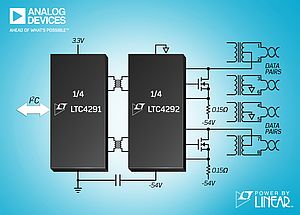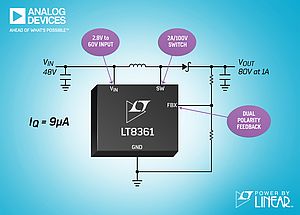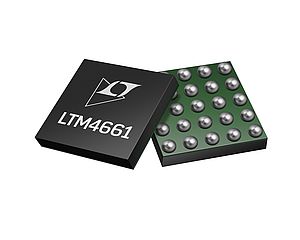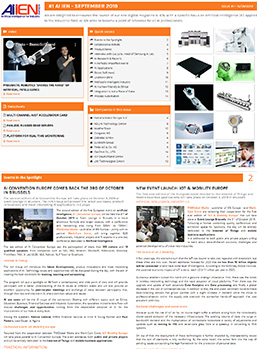ADI OtoSense aims to accelerate the digital journey of every companies of any size. OtoSense is an AI-driven, scalable platform enabling energy efficient Condition-based Monitoring (CbM). It solves two major concerns: Real-time edge interpretation and AI for sensing interpretation, which uses human expertise to help ADI software platform learn and progressively become an expert itself.
This platform detects and interprets in real-time any sound, vibration, pressure, current, or temperature for continuous, condition-based monitoring and on-demand diagnostics. It detects anomalies and learns from interaction with domain experts while creating a digital fingerprint to help identify faults in a machine. It can for example predict breakdowns which may cause costly downtime, damage, or catastrophic failure.
From experts’ specific knowledge to a general agnostic approach
OtoSense creates different ways of interaction between human and machines. It has the capability to make sense of data by digitizing the human expertise and bringing it towards the customer’s environment. Nicolas Layus, Director of ADI OtoSense Business Unit explained on how ADI noticed the need for such a tool: “We can see that numerous markets are moving to the digital transformation. Two factors are accelerating the demand for digital solutions: people who have been working for 20+ years and gathered all the knowledge and expertise on specific assets are retiring. As soon as they retire, unless the knowledge has been captured in a meaningful way such as leveraging a platform like ADI OtoSense where the user can digitize it, that knowledge would be lost. At the same time, technology enhancements like Industry 4.0 or 5G have enabled the capability to collect much more data, to know what is normal from what is abnormal.”
OtoSense is not engineered for specific markets or specific assets. It is an agnostic tool with a “bottom-up” approach. This means that the focus is on the demand from industry customers. Nicolas Layus continued: “The second reality is that when you notice an issue, you shall ask your provider to fix a specific problem, and another provider to fix another specific problem. Nowadays a lot of start-ups are offering niche solutions, focusing on specific market segments. Our platform has the potential to bring all this together. It is able to talk to any asset in any environment and being agnostic about the market.”
“The platform is alike to everyone who would use it. It is trainable because it can adapt to any environment”. Nicolas Layus, Director of ADI Otosense Business Unit
But does the AI come into play? Nicolas Layus answered: “We define AI by bringing the human into the loop. The goal to the AI journey is to enable an end-user to be able to tag data. The OtoSense platform figures out when something abnormal happens and provides a real-time feedback, gathers that information and creates a model to be pushed into the end device.” The platform utilizes Machine Learning to learn from the data. The data taken and pushed into the platform shall be unidimensional. Any data that is unidimensional or any combination of unidimensional data can be used.
One of the key functionalities of OtoSense is its Quality Control functionality, which has helped Danfoss’ desalinization – just to make an example – to bring fresh water to those in need, in an energy efficient way. Danfoss was able to reduce its energy output by 23% and potentially, in the future, by as much as 50%, lowering its carbon footprint. OtoSense can also be used in flow systems. The AI platform has developed an optimized system where it is able to send only a small percentage of sound and vibration samples to the cloud for continuous training of the model, while the rest is analysed locally.
Anis Zenadji
